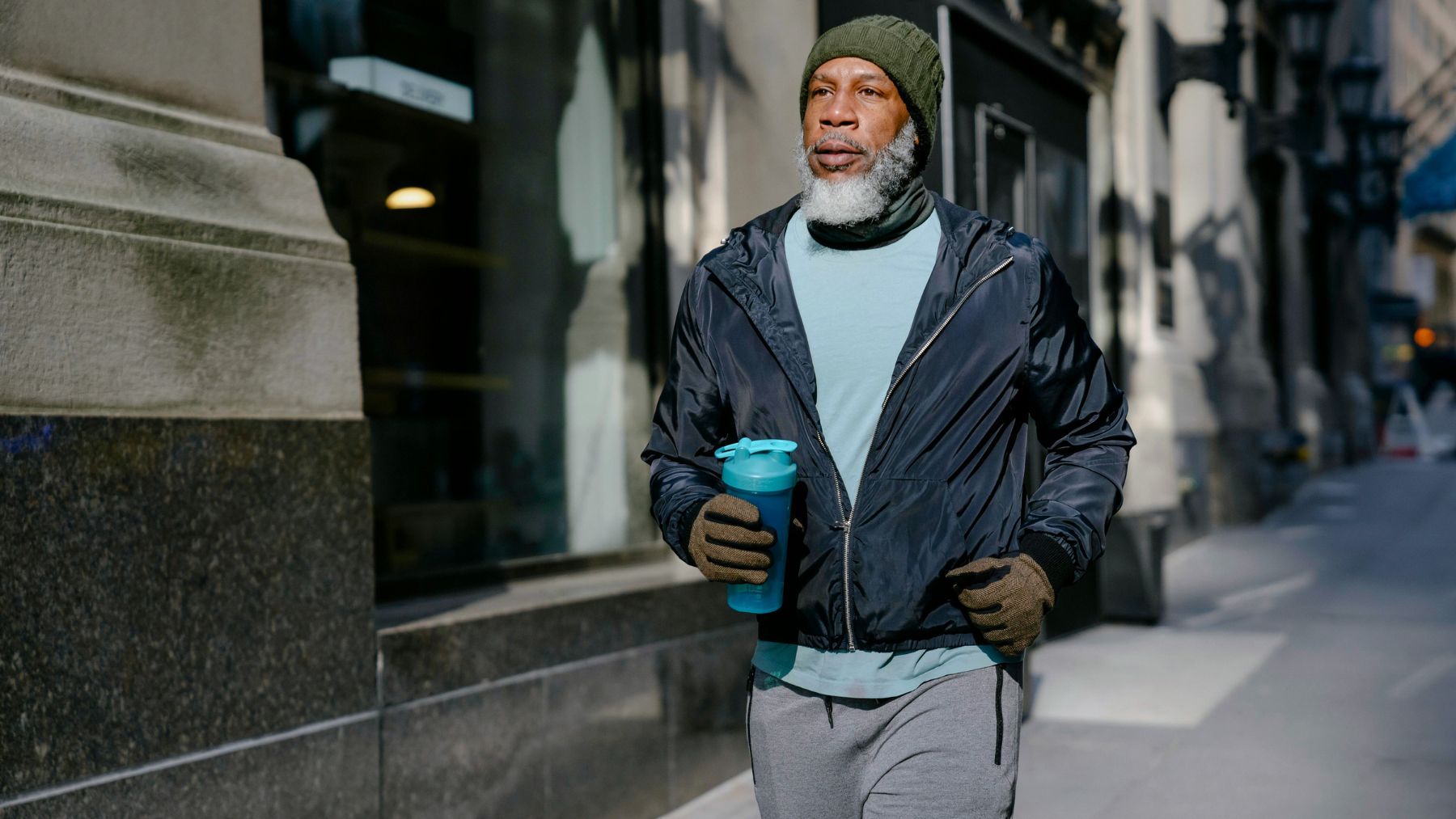There’s one simple movement fitness experts say is more important than any other once you’re over 60. You probably do it dozens of times a day without thinking—when sitting down, standing up, and getting out of the car. The difference is doing it with purpose. We’re talking about squats.
This article breaks down why squats are considered the most important exercise for older adults. We’ll look at what makes them so effective, how to do them safely, and how to modify them if you’re just starting out or dealing with pain. We’ll take advice from Eric Daw, a personal trainer who works exclusively with seniors and calls squats the most important exercise for aging well.
Why you should focus on squats after 60
When done properly, squats target the glutes, hamstrings, quads, calves, core, and even the lower back. These are the muscle groups that help you do everyday tasks, such as getting off the couch, climbing stairs, lifting groceries, or using the bathroom.
The main benefit is that they help preserve independence. Falls are a leading cause of injury in older adults, and squats directly strengthen the muscles that keep you upright and balanced. Denise Austin, a well-known fitness expert, says squats also help protect the knees and hips, two joints that often cause problems as we age.
Research backs this up. A study of adults in their 70s showed that stronger quadriceps strength was associated with lower mortality risk over about 5 years of follow-up. This indicates that muscle strength is a key predictor of survival in older adults.
How to do this exercise the right way
To get the full benefit of squats and avoid injury, good form is essential. Here’s how to do them safely, especially if you’re just getting started.
- Start with support: Stand in front of a kitchen counter or a sturdy table. Hold on lightly for balance. Over time, you can let go.
- Set your stance: Place your feet shoulder-width apart or a little wider. Toes should point slightly out. If you have hip issues, a wider stance can help.
- Keep your back straight: As you begin to lower down, keep your chest lifted and your spine neutral. Think about sitting back into an invisible chair.
- Go as low as comfortable: You don’t need to go deep. Especially if you have knee or hip issues, a soft bend is fine. Focus on control, not depth.
- Watch your knees: Your knees should stay behind your toes and track in line with your feet, not collapse inward.
- Push through your heels: As you rise, press into your heels. This activates the glutes and takes pressure off the knees.
- Breathe steadily: Inhale as you lower, exhale as you stand.
Start with two sets of 8 to 10 reps. Go slowly: about two seconds down and two seconds up. Aim for two or three sessions a week. As you get stronger, try lifting your arms in front for balance, crossing them over your chest to improve posture, or adding light hand weights to increase resistance.
